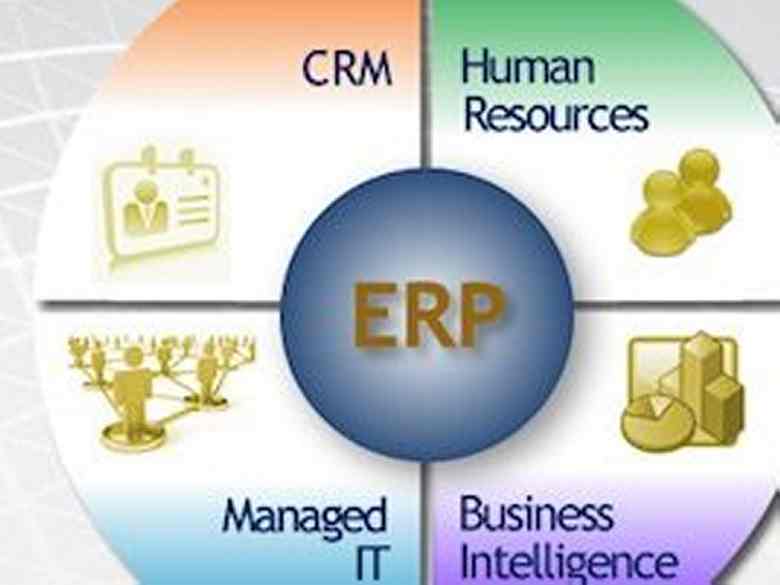Integrating a B2B firm’s ecommerce website with inner techniques can streamline operations and simplify prospects’ shopping for experiences. Integrations provide important advantages, however they’re usually tough to get proper.
One of the crucial widespread B2B knowledge integrations connects an organization’s ecommerce perform to its ERP software program — “enterprise useful resource planning,” the principal operations system, together with manufacturing, success, delivery, buyer knowledge, and accounting.
On this article, I’ll evaluation 4 ideas to make sure your ERP integration — or another B2B ecommerce integration — is a hit.
1. Outline Information to be Built-in
You will need to know what knowledge to incorporate within the integration, what the supply of the info is, the place it will likely be despatched to, and the way usually it will likely be up to date.
Here’s a checklist of widespread knowledge integration factors. It’s possible you’ll select to combine a few of these initially and add others over time.
- On-line orders: Ecommerce to ERP. As transactions are positioned through your ecommerce website, this integration will deliver the order into your ERP system. That is the commonest integration level and can permit you to fulfill orders extra effectively. This integration usually contains buyer knowledge from the order, the precise objects which were ordered, and the delivery technique.
- Offline orders: ERP to ecommerce. This integration will enable prospects to see orders that they positioned outdoors of the ecommerce website. That is usually omitted of preliminary integration tasks, and usually falls within the nice-to-have versus must-have class. However it’s a good approach to construct a relationship together with your B2B buyer.
- Product knowledge: ERP to ecommerce. Product knowledge integrations can permit you to show on an ecommerce website what merchandise are in inventory and the way shortly they’d ship. It could possibly show a public value for merchandise, product weight, and different attribute knowledge, comparable to shade and dimensions.
- Buyer knowledge: ERP to ecommerce. Integrating buyer knowledge can embody contract pricing, to permit patrons to buy at their particular value. Clients might have merchandise that aren’t obtainable to most of the people. They might want to position orders through buy order, if not on a credit score maintain (which could be managed through an integration).
- Transport and monitoring info. The delivery date, the service, technique, and monitoring quantity could be built-in to permit prospects to know when to count on their order.
Further B2B integration complexities can embody:
- Backorders;
- Modifying an order after it was positioned;
- A number of warehouses.
These further objects needs to be deliberate for within the integration necessities.
In some cases, firms will use performance from the ERP for ecommerce — comparable to calculating delivery prices and gross sales tax. Retrieving ERP info in actual time is extra course of intensive, and it has dangers. It could possibly trigger web page load occasions within the ecommerce checkout to be gradual as calls are made to the ERP server. Furthermore, if the ERP server goes does, or communication with the ERP software program is disrupted, customers can not full their buy.
2. Map Buyer Registration Workflow
On the planet of B2B, a buyer’s registration is usually vital. Information integrations can have an effect on the registration course of. Previous to any integration, map out the registration workflow for a brand new buyer, one who has not positioned an order on-line.
Think about these questions.
- If a purchaser involves your ecommerce website and has by no means ordered on-line however her firm purchases offline, how do you join this particular person to her offline account? Will she be capable to place an order instantly?
- If a purchaser involves your website from a wholly new firm — one which has not ordered on-line or offline — what is important to create an account? Will he be capable to order instantly?
It’s possible you’ll enable patrons to make use of info they know — comparable to their account quantity and billing zip code — to hyperlink to their offline account. Or you might require a customer support consultant to approve the client’s account request. Regardless, to acquire probably the most orders, make the method so simple as attainable for the client.
3. Construct a Information Migration Plan
In lots of instances, for brand new integrations there are preliminary, needed, one-time data-migration steps.
Examples embody:
- Loading product knowledge, making certain that each one merchandise on the ecommerce website have a sound SKU that matches the ERP;
- Migrating customers from a earlier ecommerce website, if the mixing is being accomplished similtaneously a re-platform;
- Mapping present ecommerce customers to ERP accounts.
Checklist the preliminary knowledge to be migrated and develop a plan for when and the way it will likely be finished.
4. Plan for Failure
Irrespective of how nicely you propose, typically knowledge doesn’t attain its vacation spot appropriately. A well-designed integration addresses the chance of failure.
How will the ecommerce website perform if the ERP system goes down for an prolonged interval? If it does go down, can the location run independently for twenty-four hours, after which knowledge is up to date when the ERP system comes again on-line?
What if the ERP system is up and operating however, say, a delivery monitoring quantity will not be within the ecommerce database? How will you troubleshoot what went mistaken? An occasion log can evaluation errors, to trace down attainable points. It’s possible you’ll wish to arrange alerts to e-mail particular people for a sure kind of error.
Integration Success
With readability round your integration necessities, the client registration workflow, your knowledge migration plan, and the way you’ll troubleshoot and deal with system downtime, you might have the foundational parts for a profitable knowledge integration to your B2B ecommerce website.


